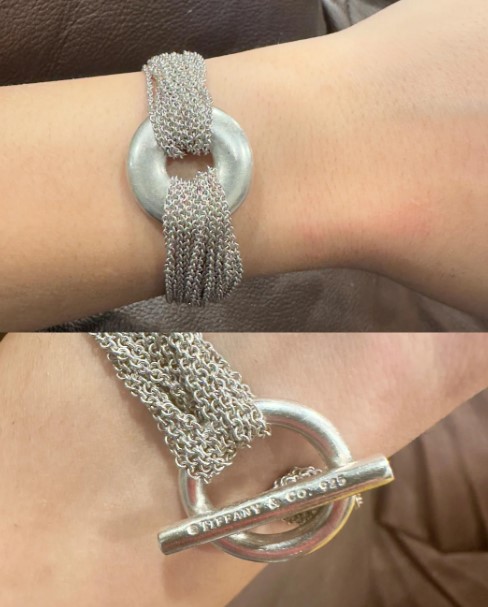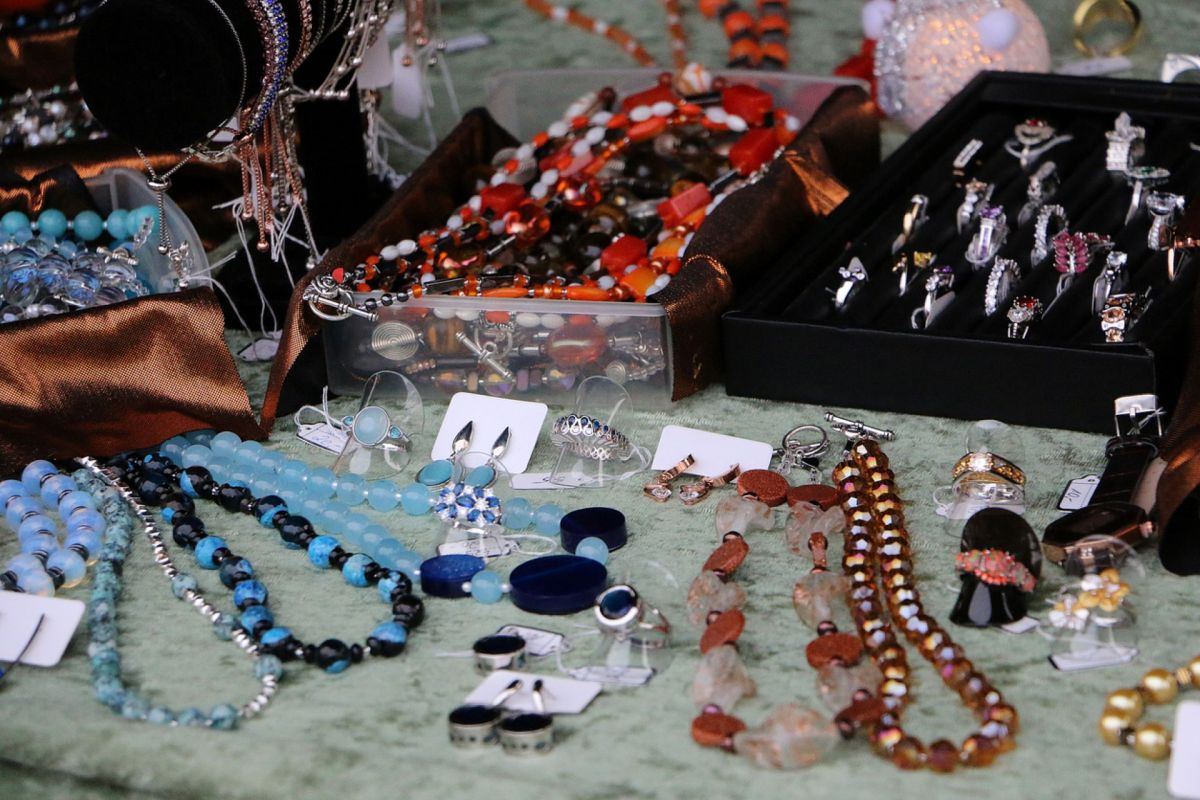A lucky shopper at a Value Village thrift shop found a bracelet that turned out to be genuine Tiffany's — and worth about 100 times its thrift store price.
"$3.99 at VV I'm in shock!!!!" they wrote in the subreddit r/ThriftStoreHauls, including a second photo of the same bracelet listed online at around $376.
"Good catch!!!" one commenter enthused.

"Yowza!" said another. "Averaging $400 on the various sites, bravo!!"
Others shared their own similar lucky finds.
"Wow!!!! I found Tiffany pearls for $10, but I think you beat me, price wise!" one user commented. "Someone out there is just throwing away their silver Tiffany…"
Many thrift shoppers get a particular thrill by looking for rare and luxury items tucked on the shelves. Whether they're reselling items for a hefty profit or keeping lucky finds for themselves — like one shopper who found a genuine Rolex at a nearly 99% discount — the potential for finding high-value goods at cheap prices is a major draw.
But thrift shopping isn't just limited to high-end goods. Many shoppers turn to secondhand shopping for common items, from home decor to kids' toys, silverware, clothes, seasonal decor, and more, enjoying the deeply discounted prices.
Additionally, thrift shopping offers the chance to keep more items out of landfills and find a way to repurpose them instead. With humans generating over two billion tons of waste every year, choosing to reuse is taking a step toward a cleaner, safer, healthier planet for everyone.
Choosing to buy secondhand also helps consumers opt out of the toxic fast fashion industry, which generates more than 100 million tons of mass-produced, cheaply made textile waste every year. Creating new fabrics is also resource-intensive: The apparel industry is on track to increase its pollution by 50% by 2030.
But when shoppers buy secondhand instead, they're breaking the cycle of waste generation and pollution output.
Fortunately, more and more shoppers are turning to thrift stores, whether it's to save money or help keep garbage out of landfills (or the ocean). The secondhand clothing market in the U.S. grew seven times faster than general retail in 2023, according to ThredUp's 2024 Resale Report, and experts hope that those trends continue.
Join our free newsletter for easy tips to save more, waste less, and help yourself while helping the planet.









